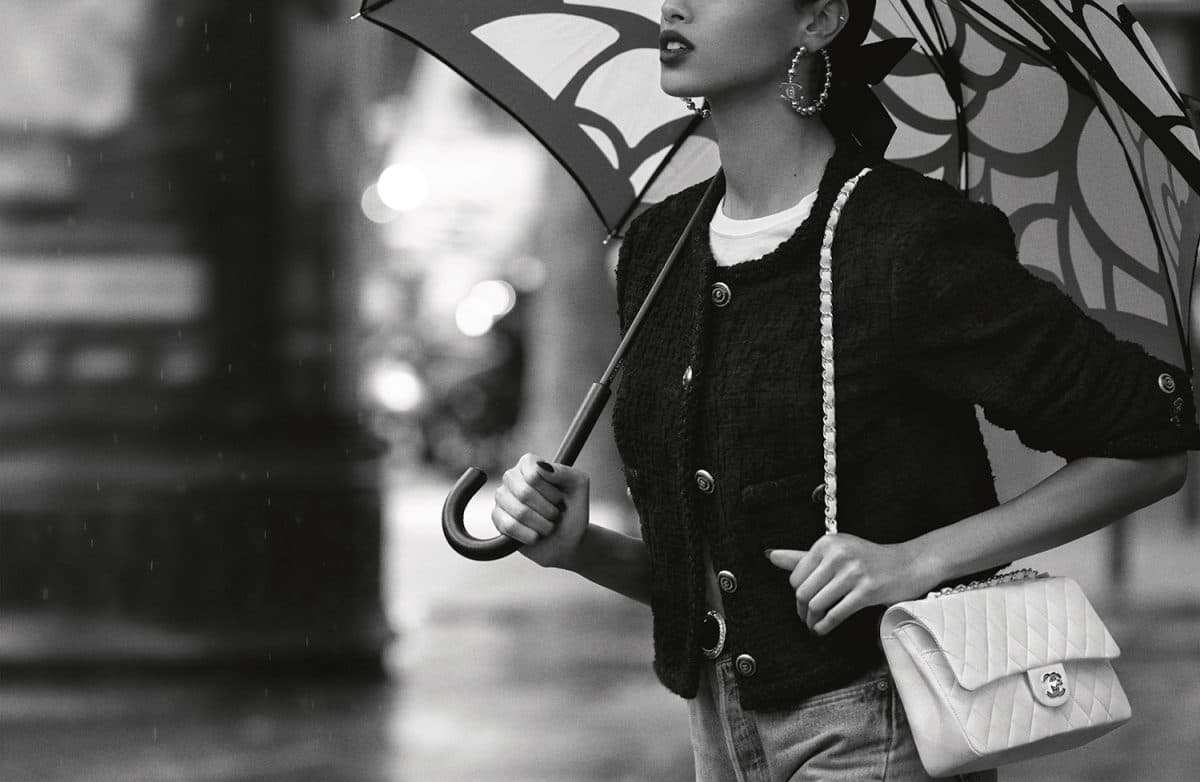If you’ve ever bought, or dreamt of buying, a luxury bag, you’ve probably asked yourself some version of the same question: “But how do I know it’s real?”
Welcome to the world of provenance. And no, it’s not just an authentication certificate or a fancy buzzword. At RETRO//VRS, it’s the backbone of the luxury resale economy. Provenance is how you buy smarter, sell stronger, and earn longer. Whether you’re a seasoned collector or a curious first-time buyer, this guide breaks down why provenance isn’t optional anymore. It’s essential.
In simplest terms: provenance = your bag’s receipt...on steroids. From boutique to runway to resale, it’s a traceable record of ownership and history that proves a bag’s authenticity, value, and journey. Think of it as a passport, logging every stop along the way.

At RETRO//VRS, every bag we list comes with its own on-chain provenance file. That means:
- Verified authenticity by third-party experts
- Immutable digital records backed by blockchain
- Royalty tracking for sellers who keep earning each time the bag resells
- Cultural receipts: who wore it, when, and why it matters
It’s not just “used.” It’s lived. And its story pays off.
Why does it even matter?
Let’s break down exactly why provenance has become the gold standard in modern luxury resale:
1. Proof Over Promises:
Counterfeits today are scary good. Some fakes even come with fake receipts, fake serial numbers, and fake packaging. But what they don’t have? A real, verified resale history. Our blockchain-powered provenance logs the full journey of every bag. No guesses. No gaps.
2. Resale ROI:
Provenance isn’t just protection, it’s profit. Bags with logged ownership, authenticated records, and digital certificates resell for higher prices and move faster. That’s because buyers trust the history and are willing to pay for it.
Let’s say you bought a Louis Vuitton Pochette Métis from RETRO//VRS in 2021. You authenticated it, listed it back in 2024. Someone sees it’s been verified twice, maintained, and owned by a known collector. That’s a bag with receipts, and it shows in the resale value.
3. Cultural Clout:
Some bags don’t just age, they gain status. A Dior Saddle once carried to a Met Gala after-party? A Fendi Baguette from the Carrie Bradshaw era? Those provenance details matter. RETRO//VRS lets those stories live on, adding resale and storytelling value.

Let’s take a look into how RETRO//VRS actually tracks provenance.
- Step 1 - Bag Authentication: We rely on a vetted network of expert authenticators who digitally inspect every inch of the bag, from stitching and leather grain to brand markings and hardware engravings
- Step 2 - Blockchain Stamp: Once verified, that authentication gets stored permanently on-chain. It can’t be faked, tampered with, or erased.
- Step 3 - Owner Onboarding: You (the owner) claim the bag on your profile. You now have proof of ownership and resale rights.
- Step 4 - Digital Provenance Passport is Born: Each bag gets a digital file showing previous owners, timestamps, royalties earned, and resale price history
- Step 5 - Ready for Re-Entry: When you re-list, all that provenance moves with the bag. New buyer, same story just one chapter longer.
Buying luxury without provenance is like buying art with no signature. Sketchy at best, risky at worst. Provenance doesn’t just help you buy with confidence, but it helps you build a wardrobe that pays you back. We don’t just authenticate bags. We archive stories, document ownership, and build a smarter resale future.
So next time you shop, ask yourself: What does this bag come with? If the answer isn’t a Provenance File, is it really worth your wallet?


